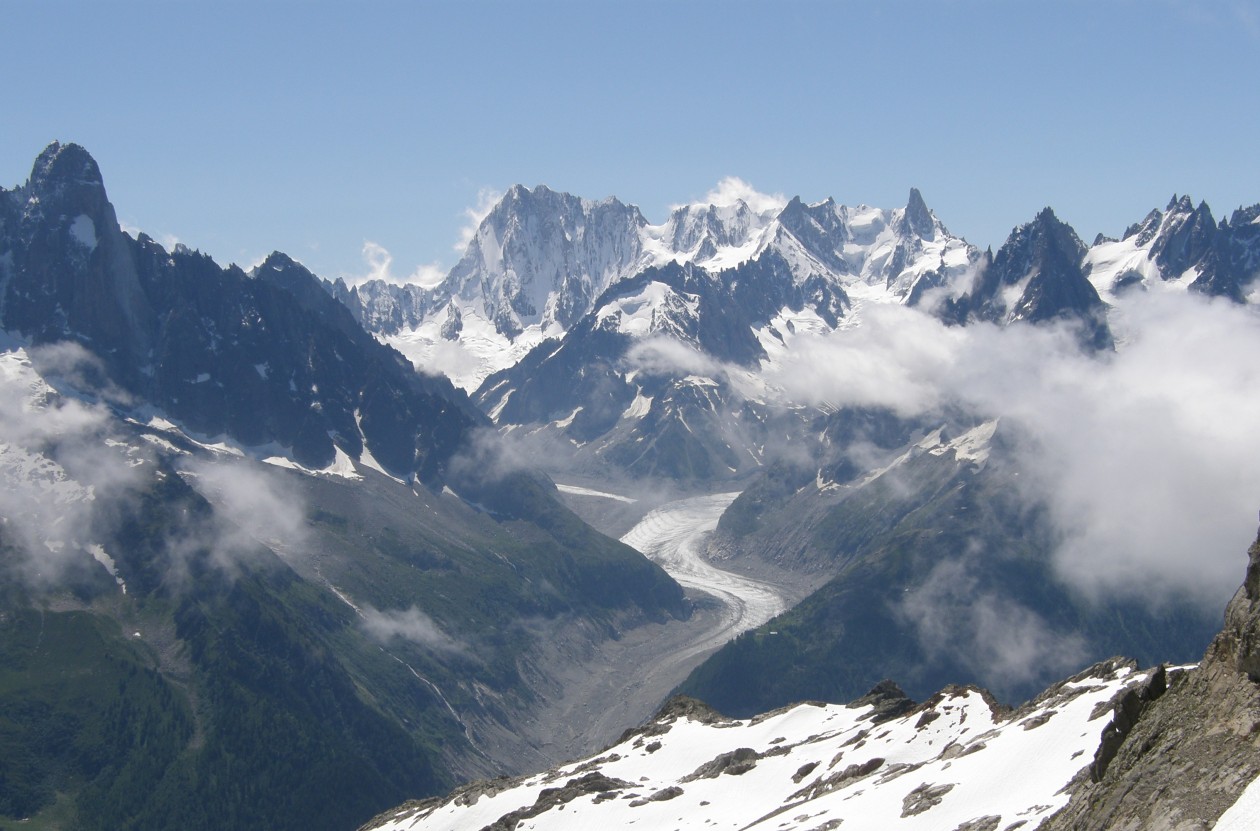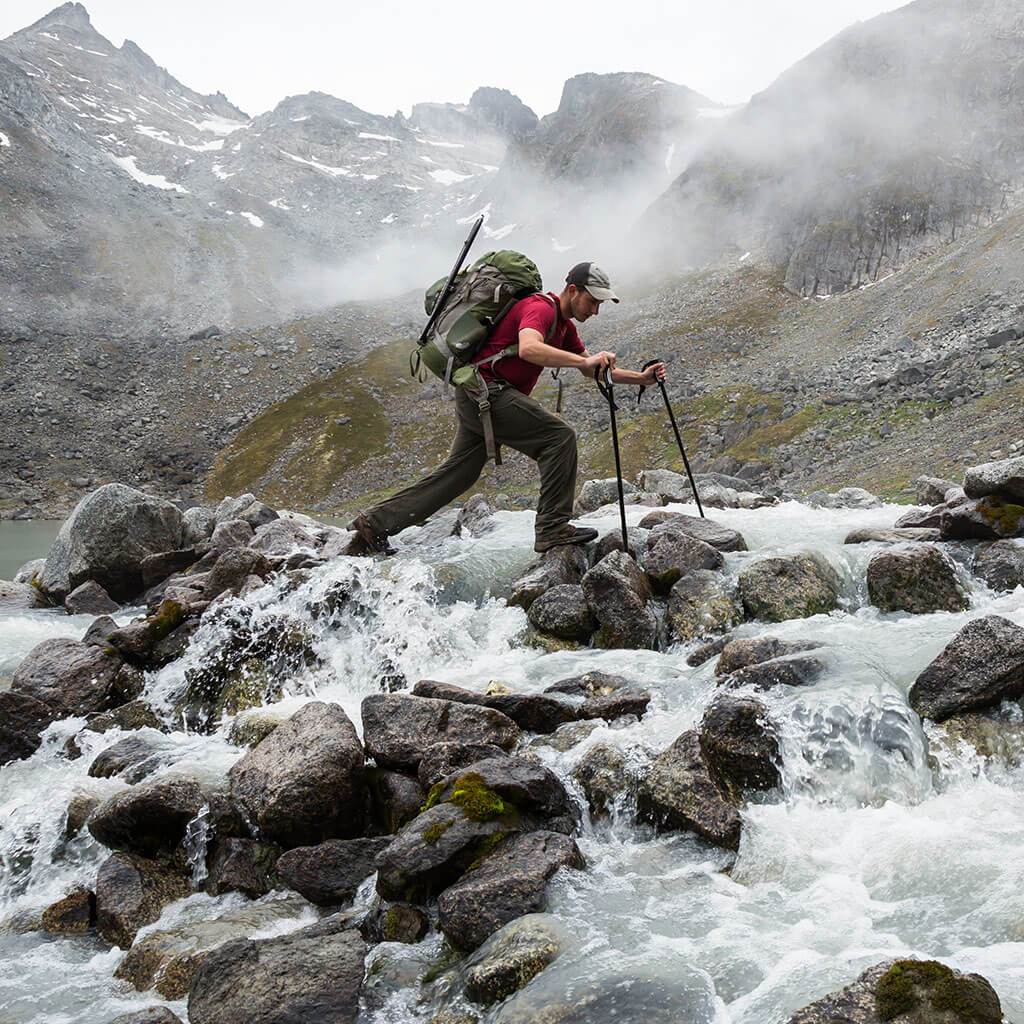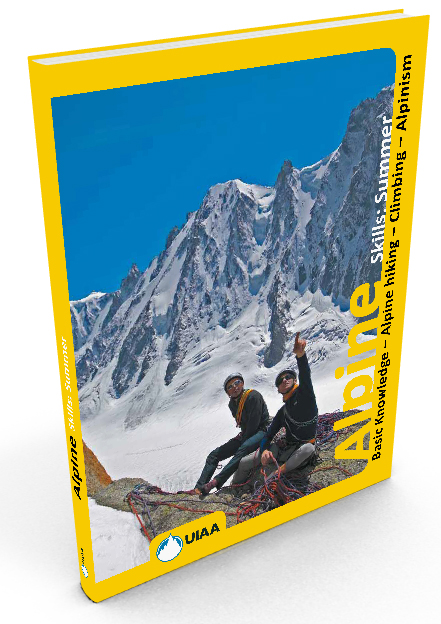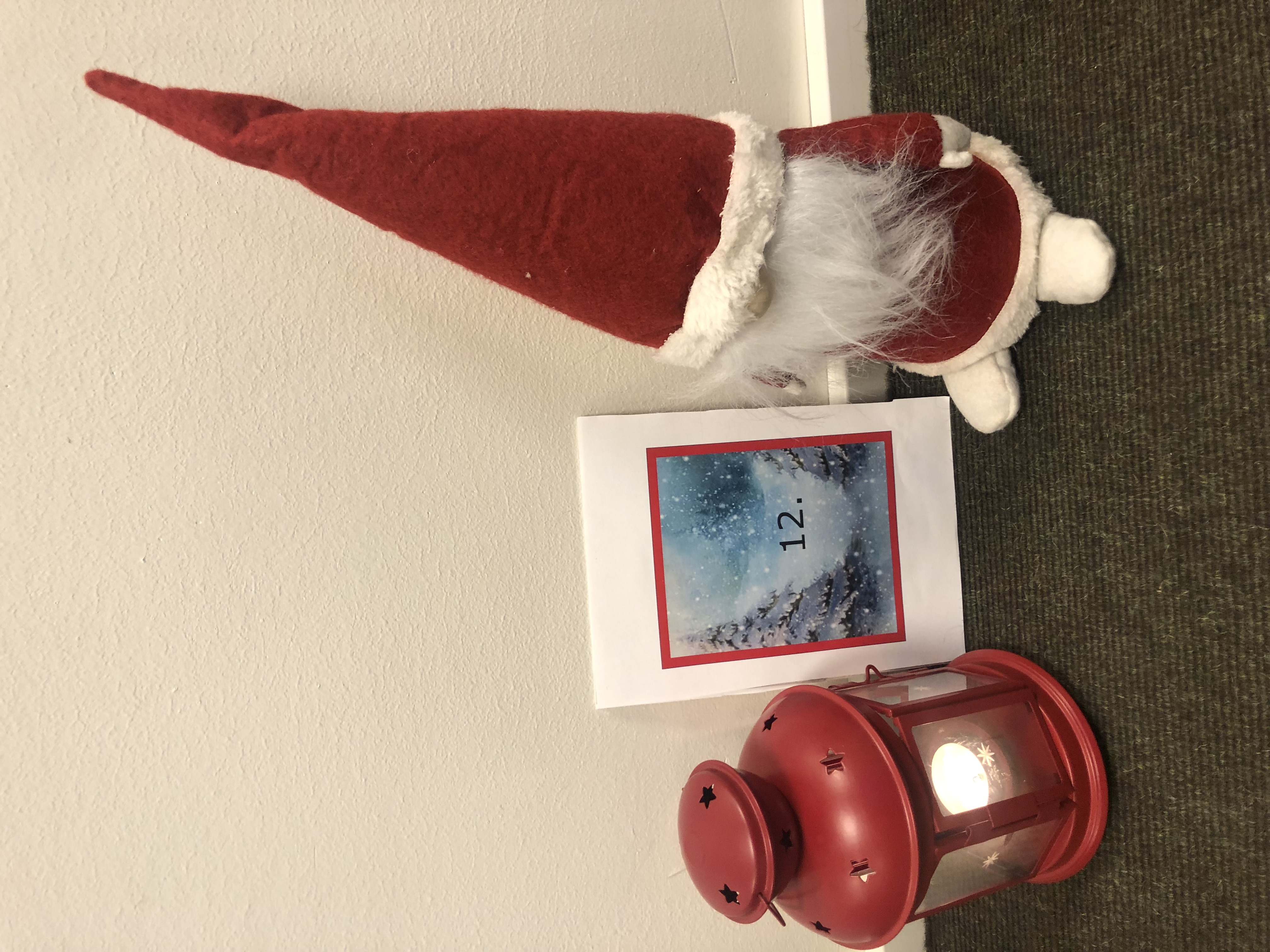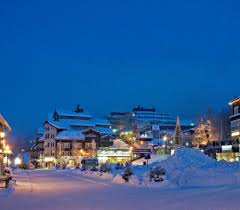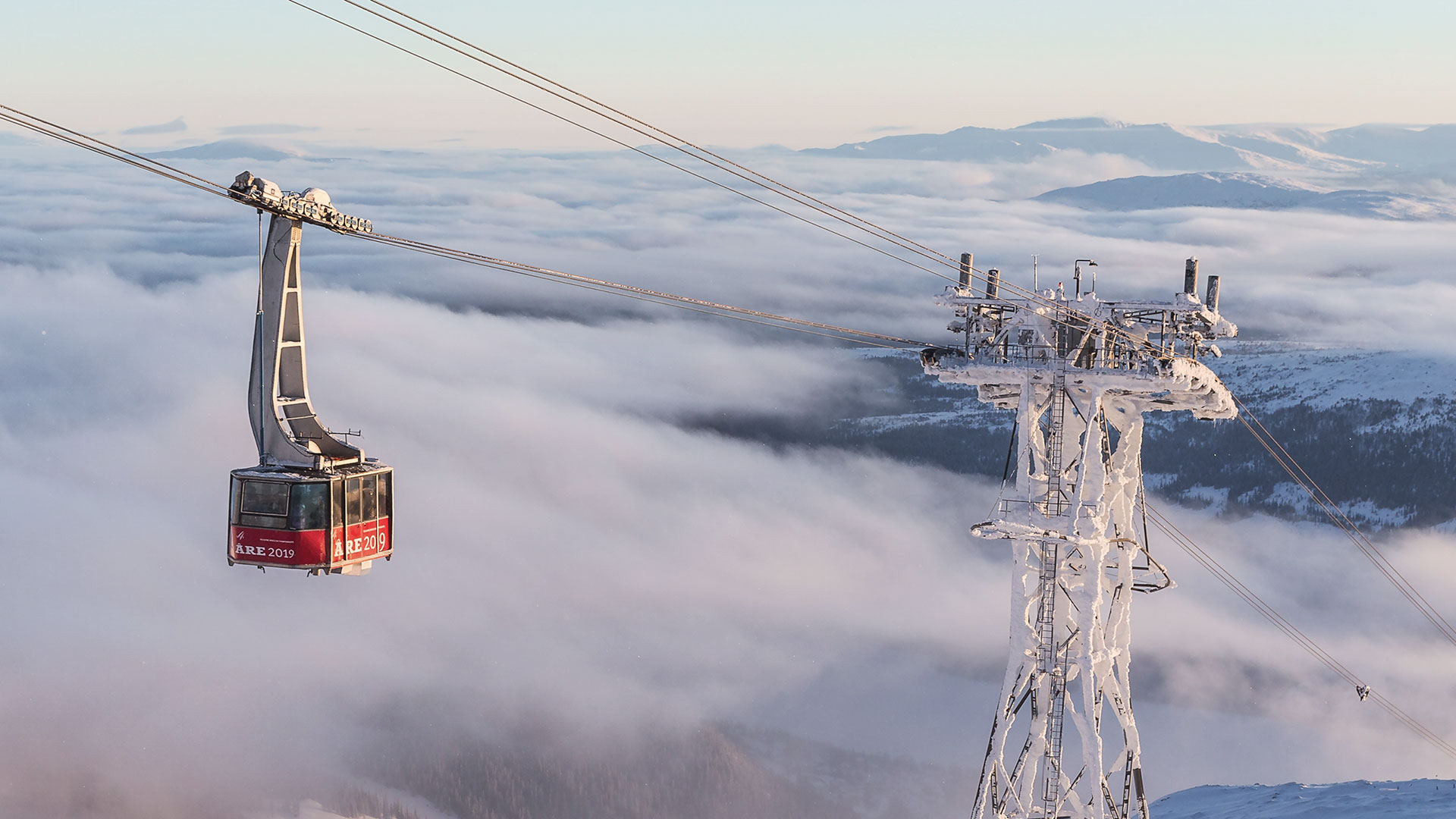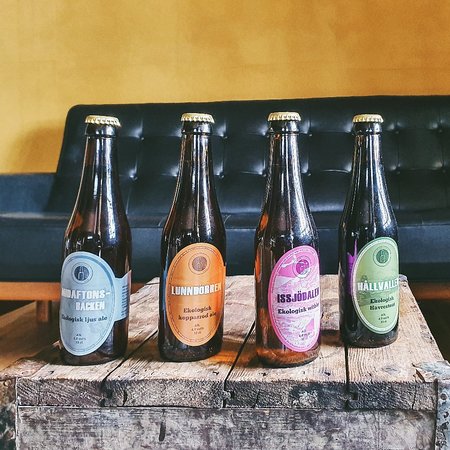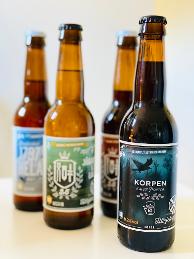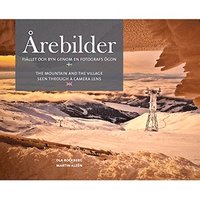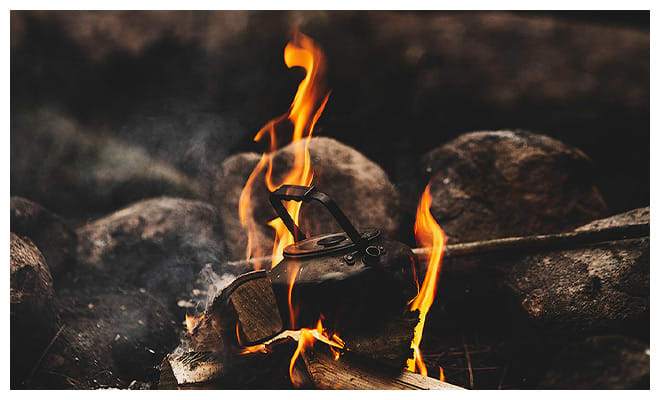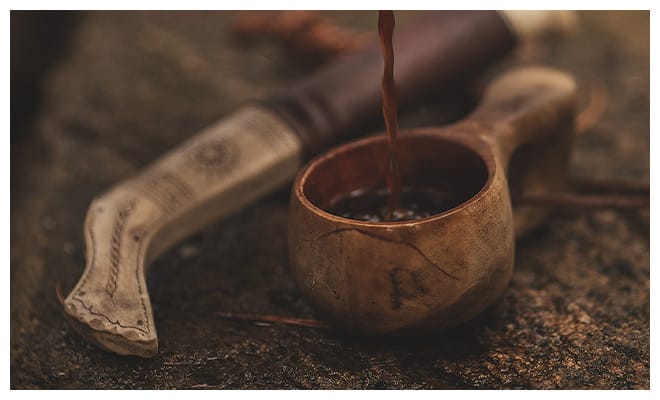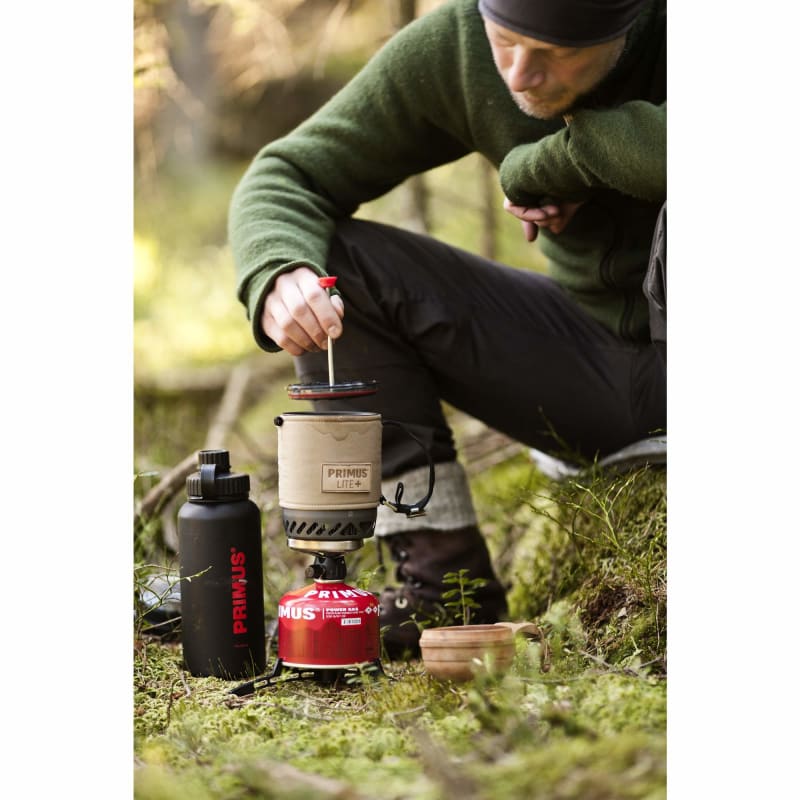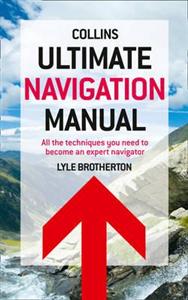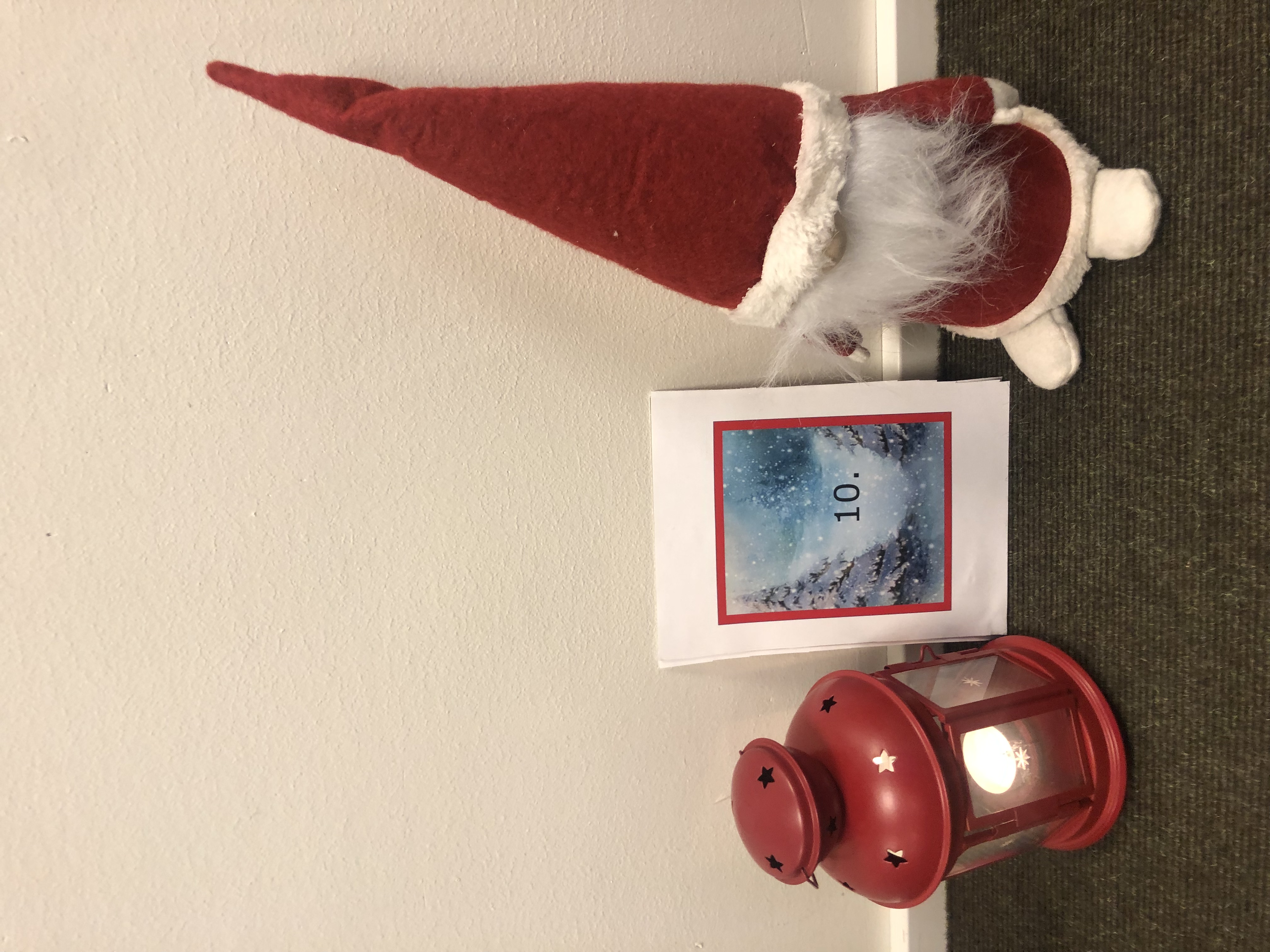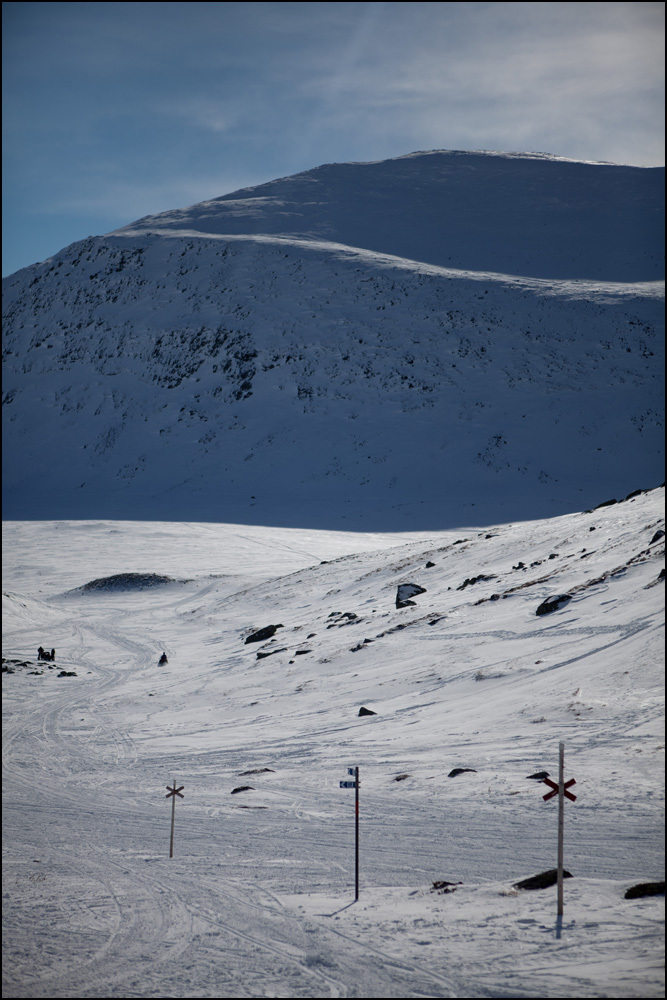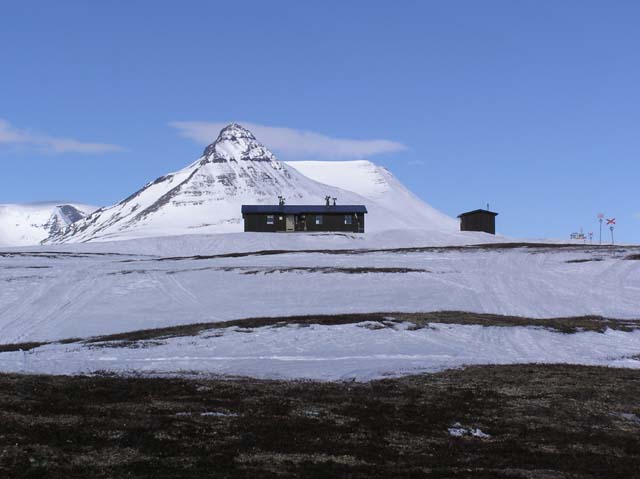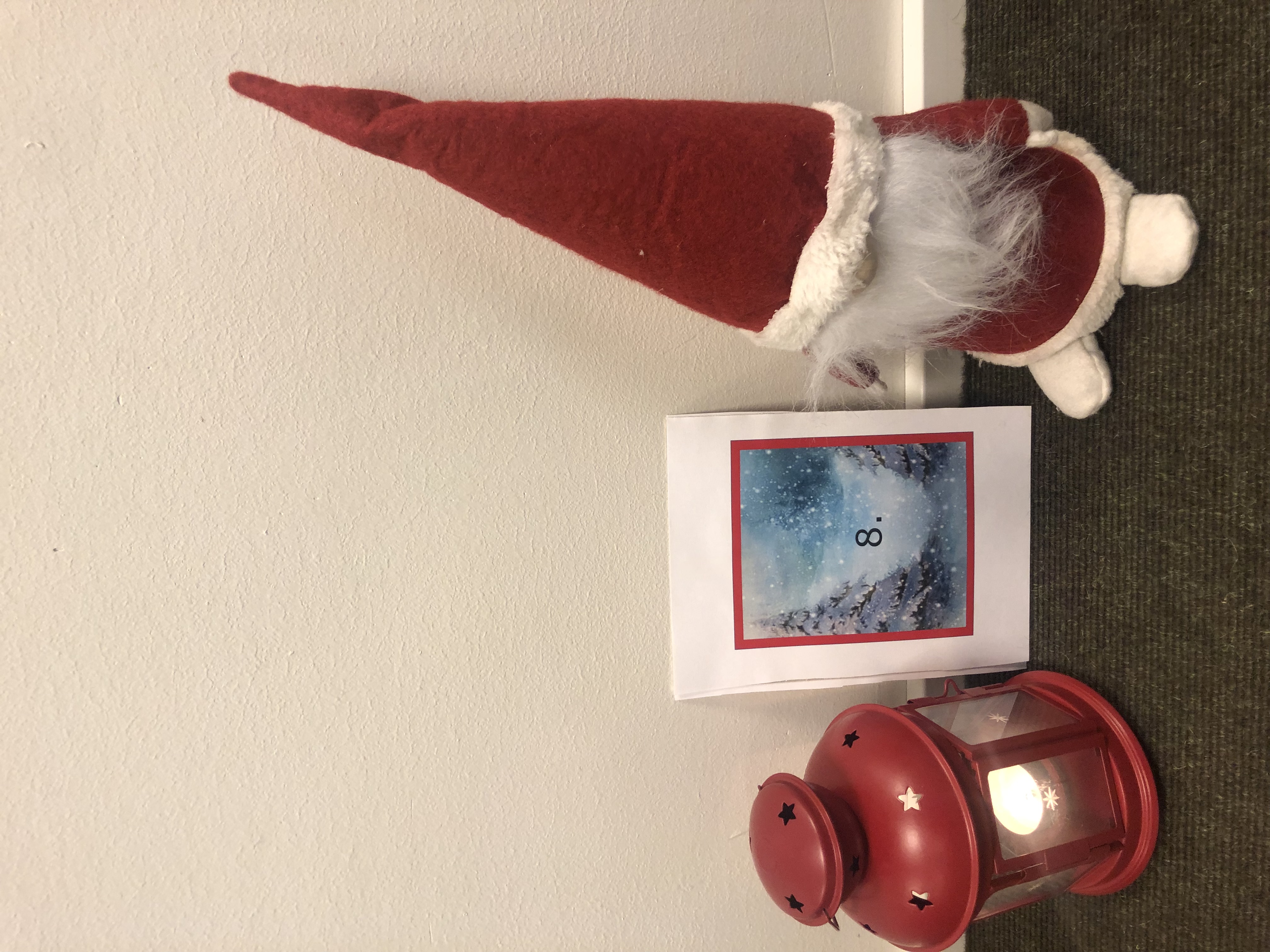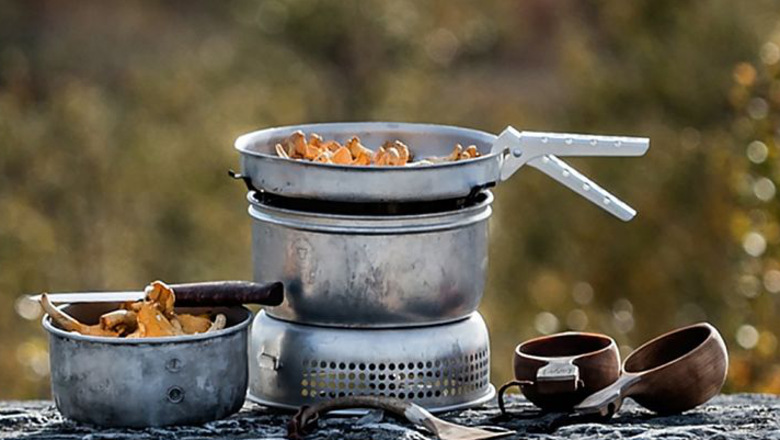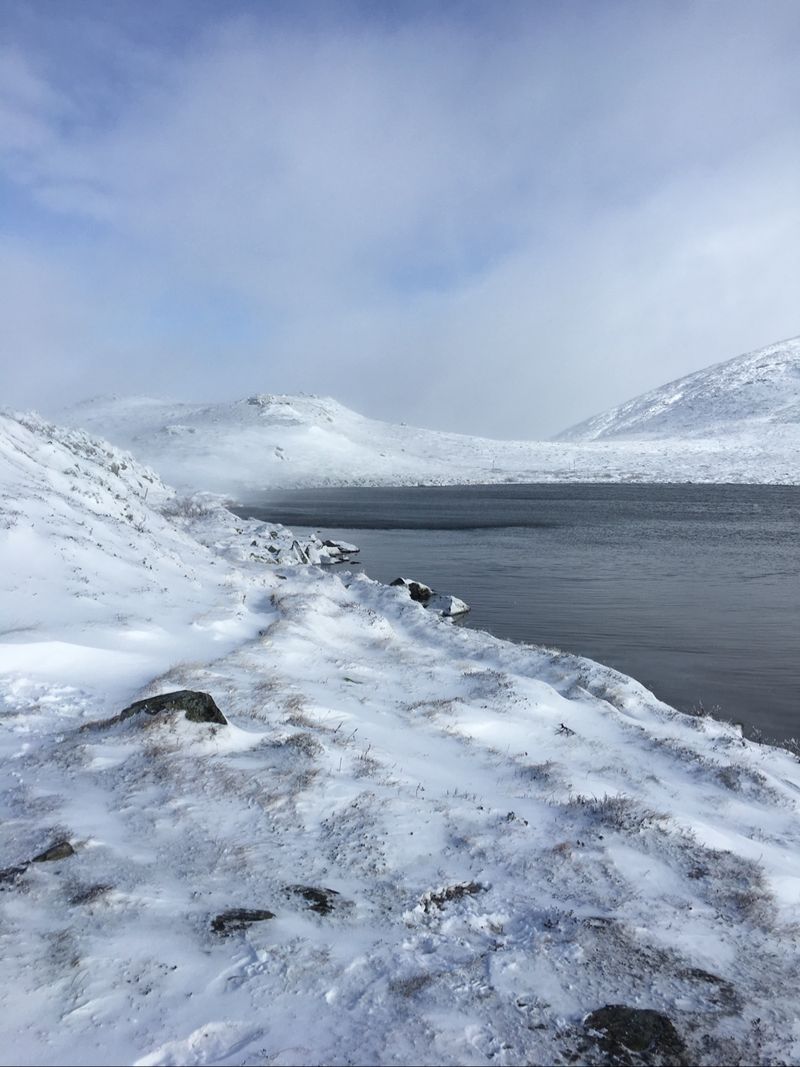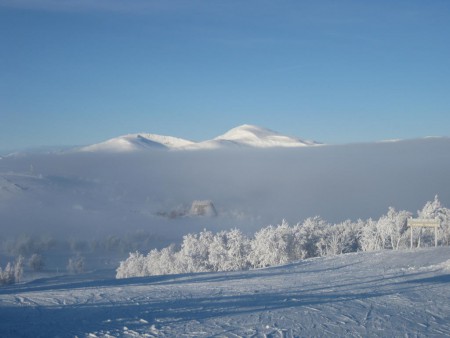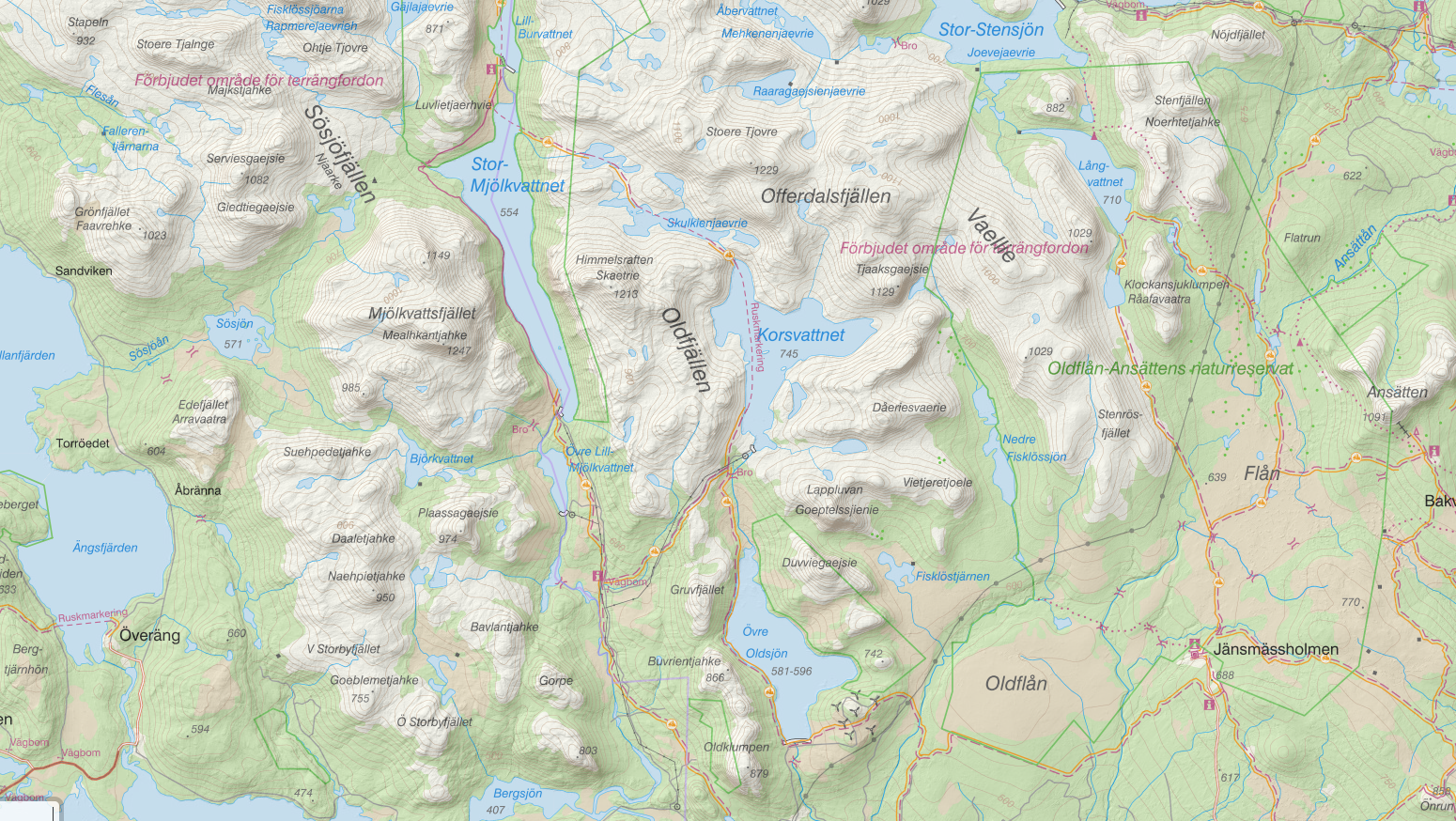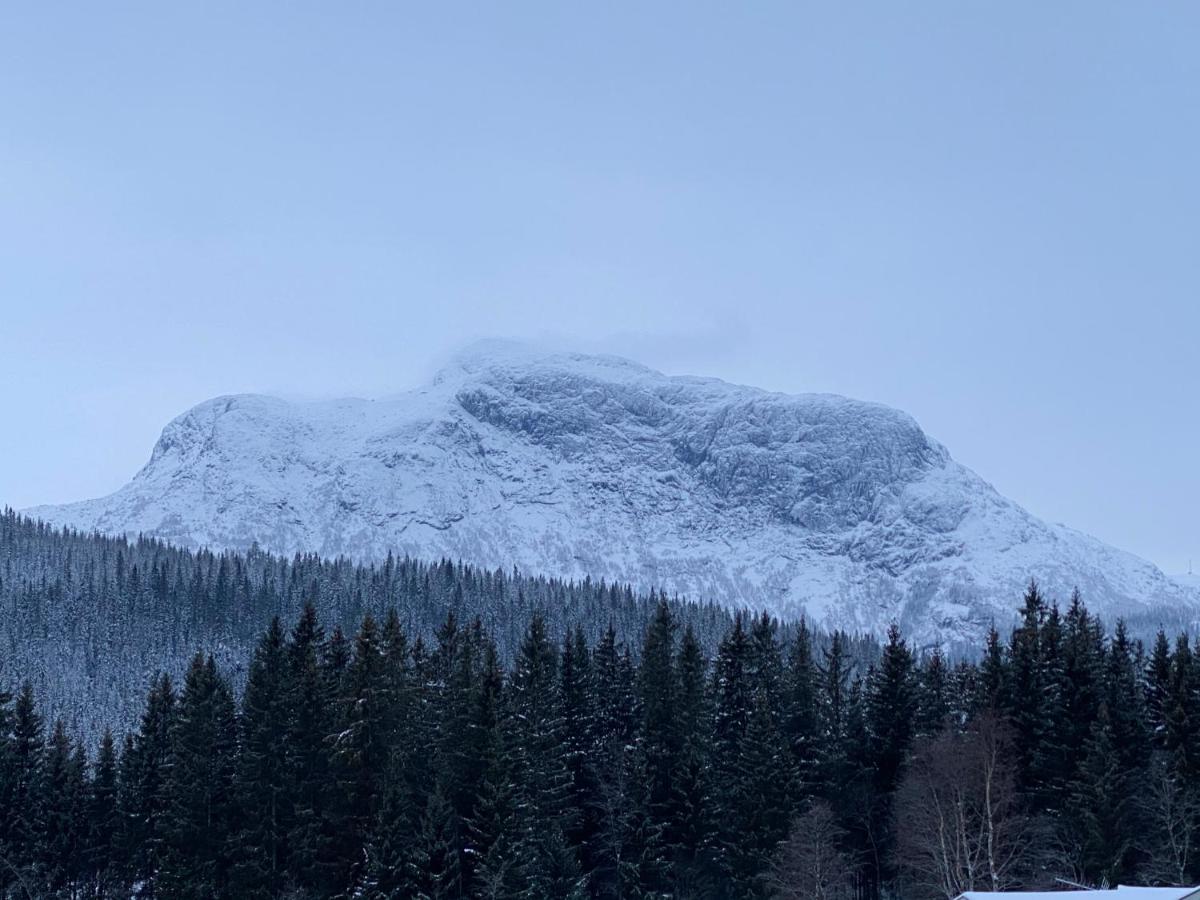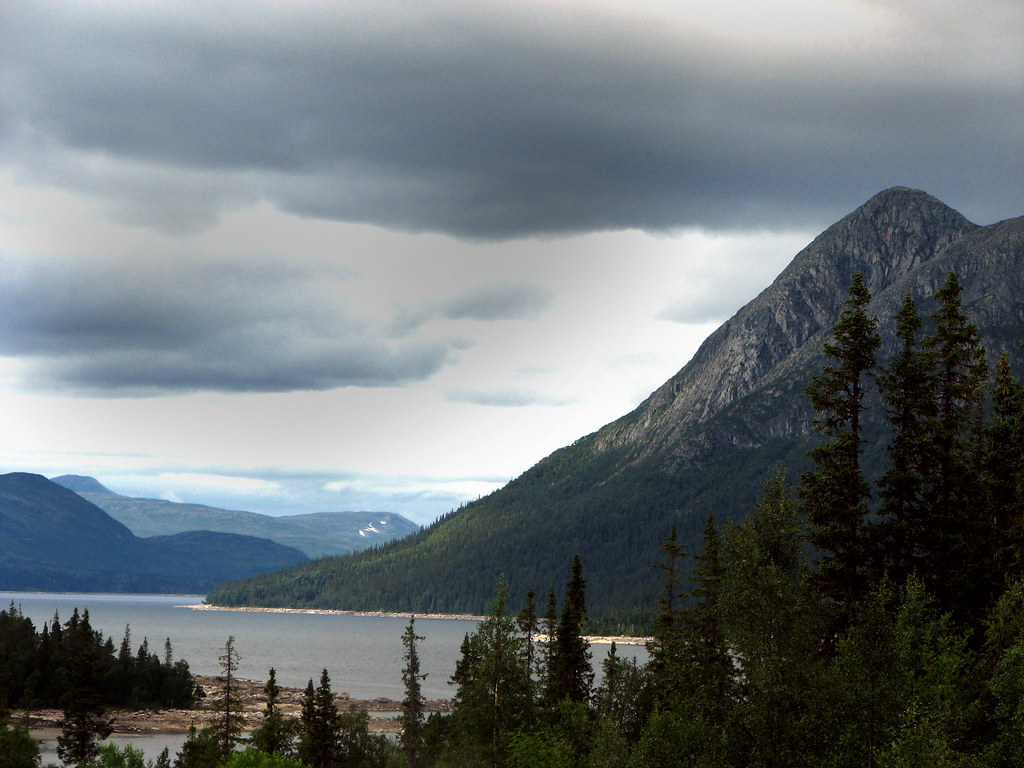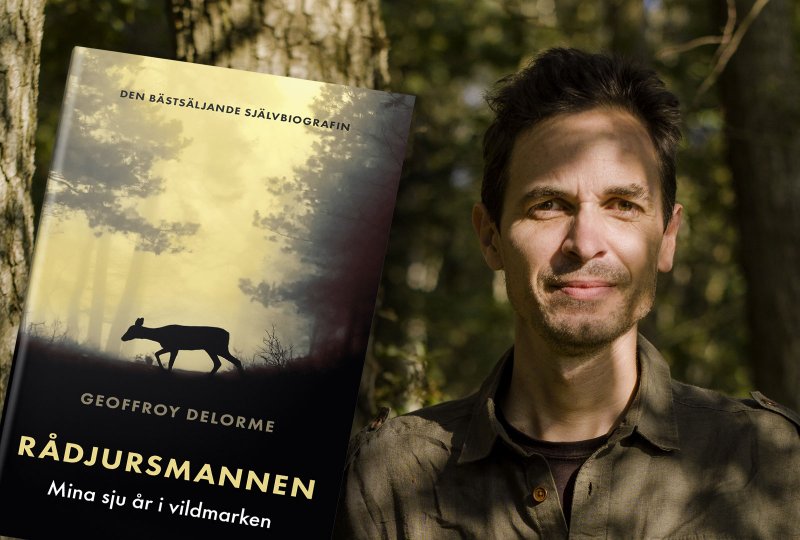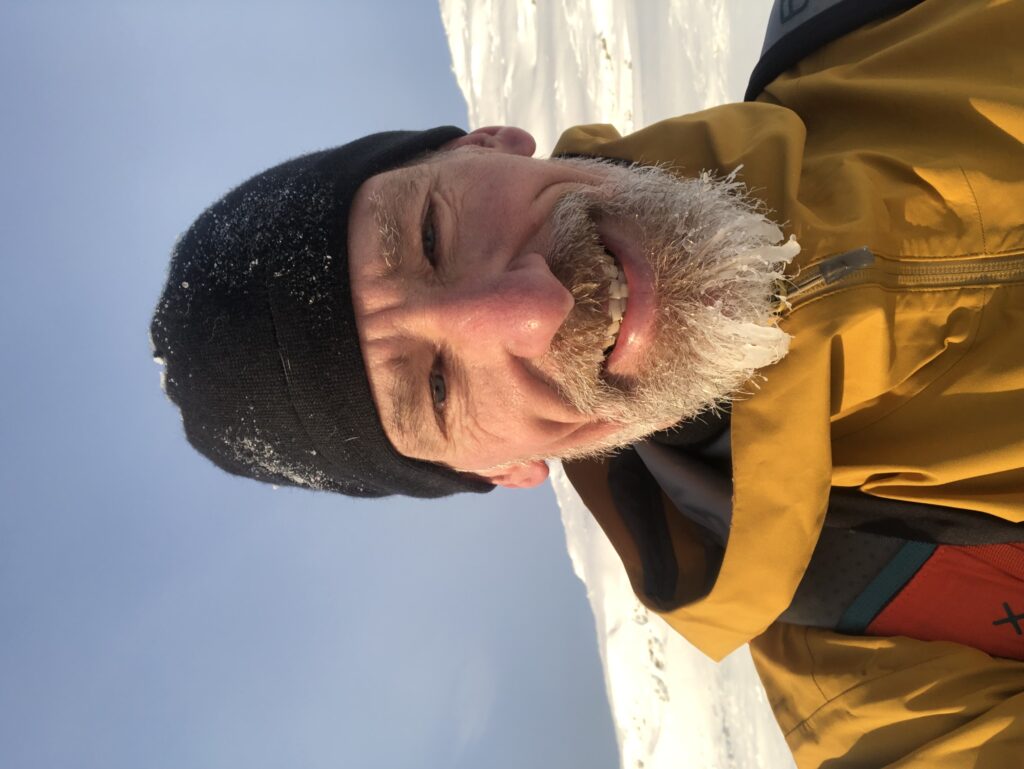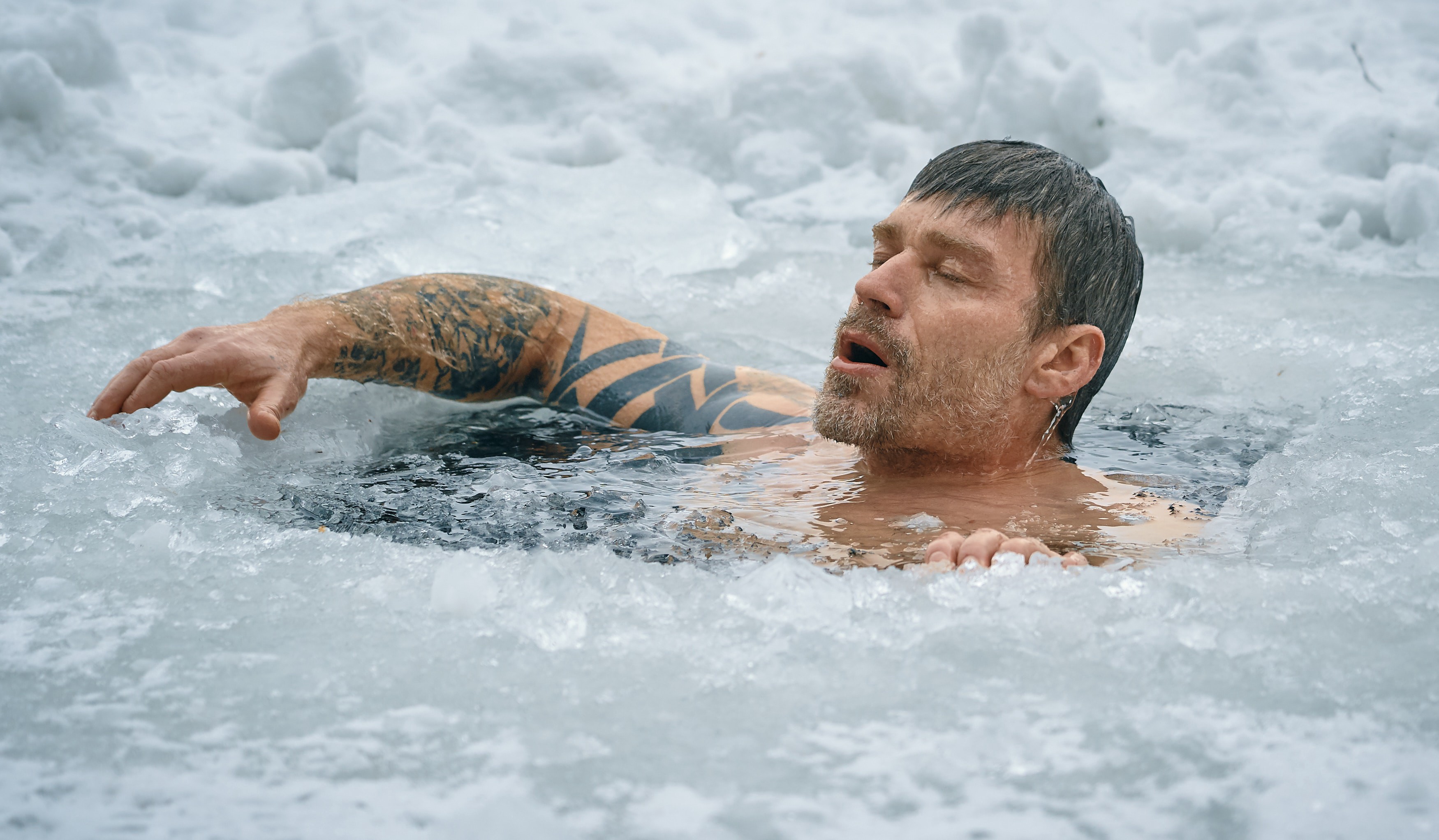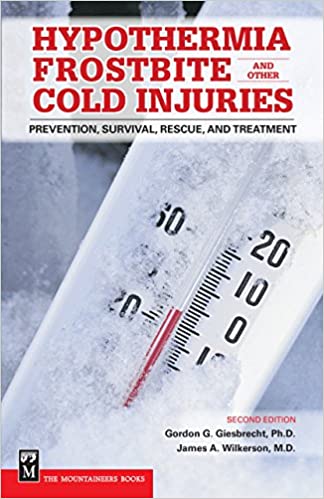 14th of December and today it will be about avalanche. Due to the global heating and the environmental changes, the risk of avalanches will increase. This at the same time as more people get interested in extreme skiing and also prolong the season from early November to May. This meaning we need more training for avoid avalanches. Today we got good forecast and avalanche prognosis. So start follow the development in the area you are going to. Avoid going out directly after a storm(bad weather) Lots of avalanches occur directly after heavy snowfall. Avoid steep slopes, if its over 25 degrees its a high risk. If possible stay on the windward side of the slopes. Read the terrain and avoid slopes that are treeless. The absence of trees may reflect that previous avalanches have occurred in the area.
14th of December and today it will be about avalanche. Due to the global heating and the environmental changes, the risk of avalanches will increase. This at the same time as more people get interested in extreme skiing and also prolong the season from early November to May. This meaning we need more training for avoid avalanches. Today we got good forecast and avalanche prognosis. So start follow the development in the area you are going to. Avoid going out directly after a storm(bad weather) Lots of avalanches occur directly after heavy snowfall. Avoid steep slopes, if its over 25 degrees its a high risk. If possible stay on the windward side of the slopes. Read the terrain and avoid slopes that are treeless. The absence of trees may reflect that previous avalanches have occurred in the area.
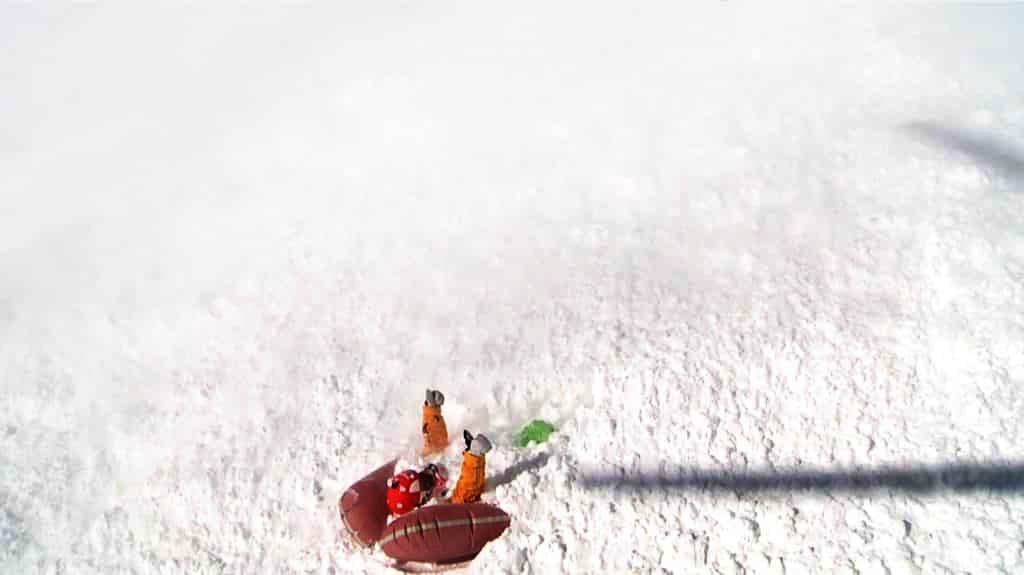 If you will be in area were its risk for avalanches, there is two things that will be crucial. Got the right equipment, and have a updated good reliable training. An avalanche air bag is a good investment. A good shovel, a probe and of course a avalanche beacon. All of this gear you must be trained on for being able to use in the right way. Just because you got it will not be good enough. Why dont do it off season, you can use a slope with high grass, and let a friend hide the transceiver. You can also dig it into sand on a beach for example. Put the transceiver in a bag /sand and electronic device is not a good combination). Another good training session can be to use 10 paper bags or flower pots in a defined area. Ask your friend to put the transceiver under one of them. Now you got a good training session. And you will never be better on the transceiver search then your latest training session…Each year more than 150 persons get killed by avalanches, do not be one of them. 90% of the avalanche accident is coursed of the victim or someone in the victims party. The vast majority of avalanches (90%) occur on slopes with angles between 30 and 45 degrees. Steeper slopes tend to continually slough snow, keeping a deep snow-pack from building up. The snow-pack on flatter slopes requires more force to move. If a victim can be rescued within 18 minutes, the survival rate is greater than 91%. The survival rate drops to 34% in burials between 19 and 35 minutes.
If you will be in area were its risk for avalanches, there is two things that will be crucial. Got the right equipment, and have a updated good reliable training. An avalanche air bag is a good investment. A good shovel, a probe and of course a avalanche beacon. All of this gear you must be trained on for being able to use in the right way. Just because you got it will not be good enough. Why dont do it off season, you can use a slope with high grass, and let a friend hide the transceiver. You can also dig it into sand on a beach for example. Put the transceiver in a bag /sand and electronic device is not a good combination). Another good training session can be to use 10 paper bags or flower pots in a defined area. Ask your friend to put the transceiver under one of them. Now you got a good training session. And you will never be better on the transceiver search then your latest training session…Each year more than 150 persons get killed by avalanches, do not be one of them. 90% of the avalanche accident is coursed of the victim or someone in the victims party. The vast majority of avalanches (90%) occur on slopes with angles between 30 and 45 degrees. Steeper slopes tend to continually slough snow, keeping a deep snow-pack from building up. The snow-pack on flatter slopes requires more force to move. If a victim can be rescued within 18 minutes, the survival rate is greater than 91%. The survival rate drops to 34% in burials between 19 and 35 minutes.
Intro to Avalanche Transceivers for Skiers and Snowboarders – YouTube
And the book suggestion of the day: 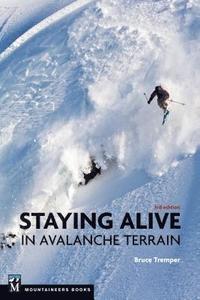
Staying Alive in Avalanche Terrain – Bruce Tremper – häftad (9781680511383) | Adlibris Bokhandel
See ya tommorow…
